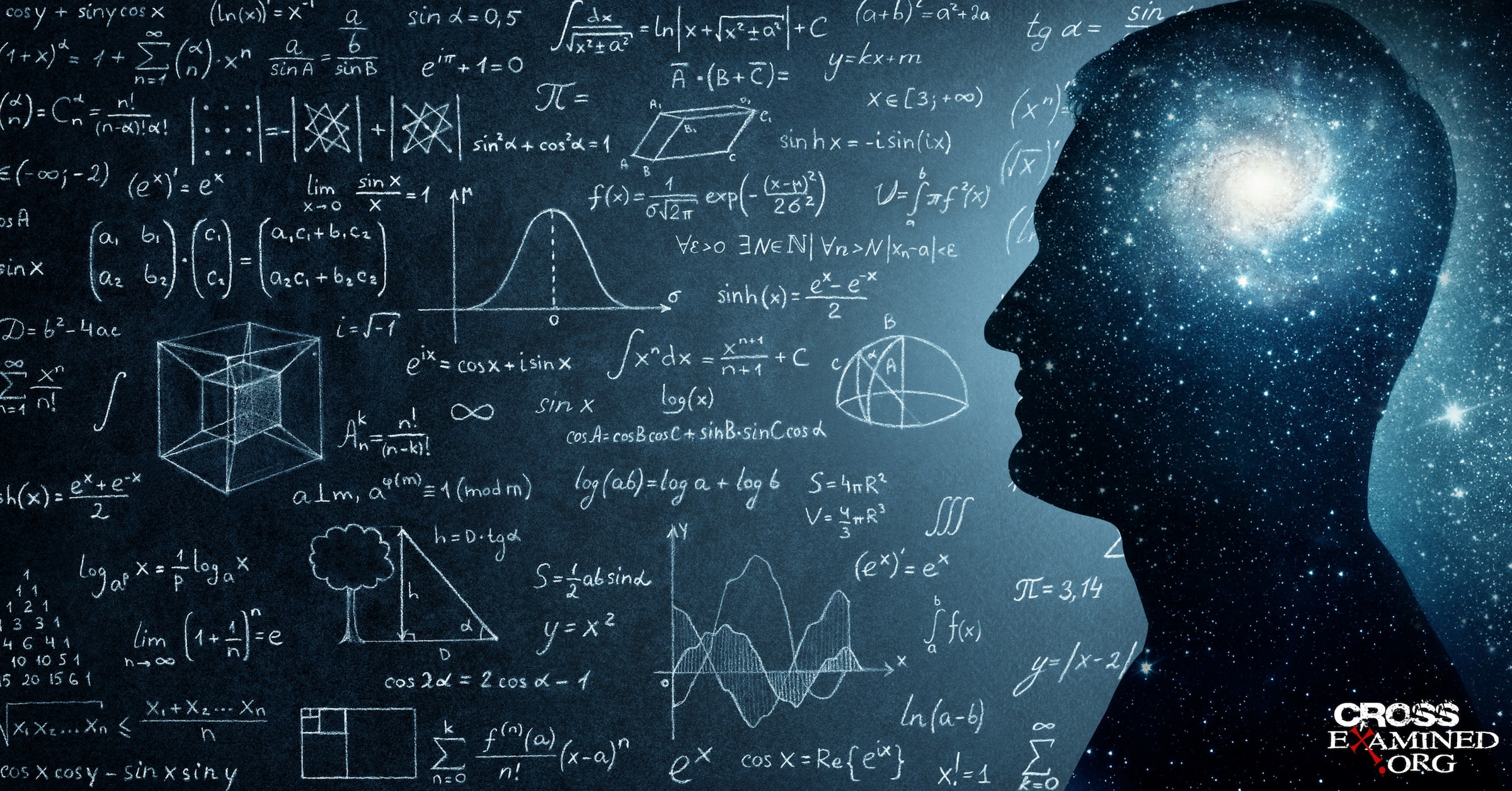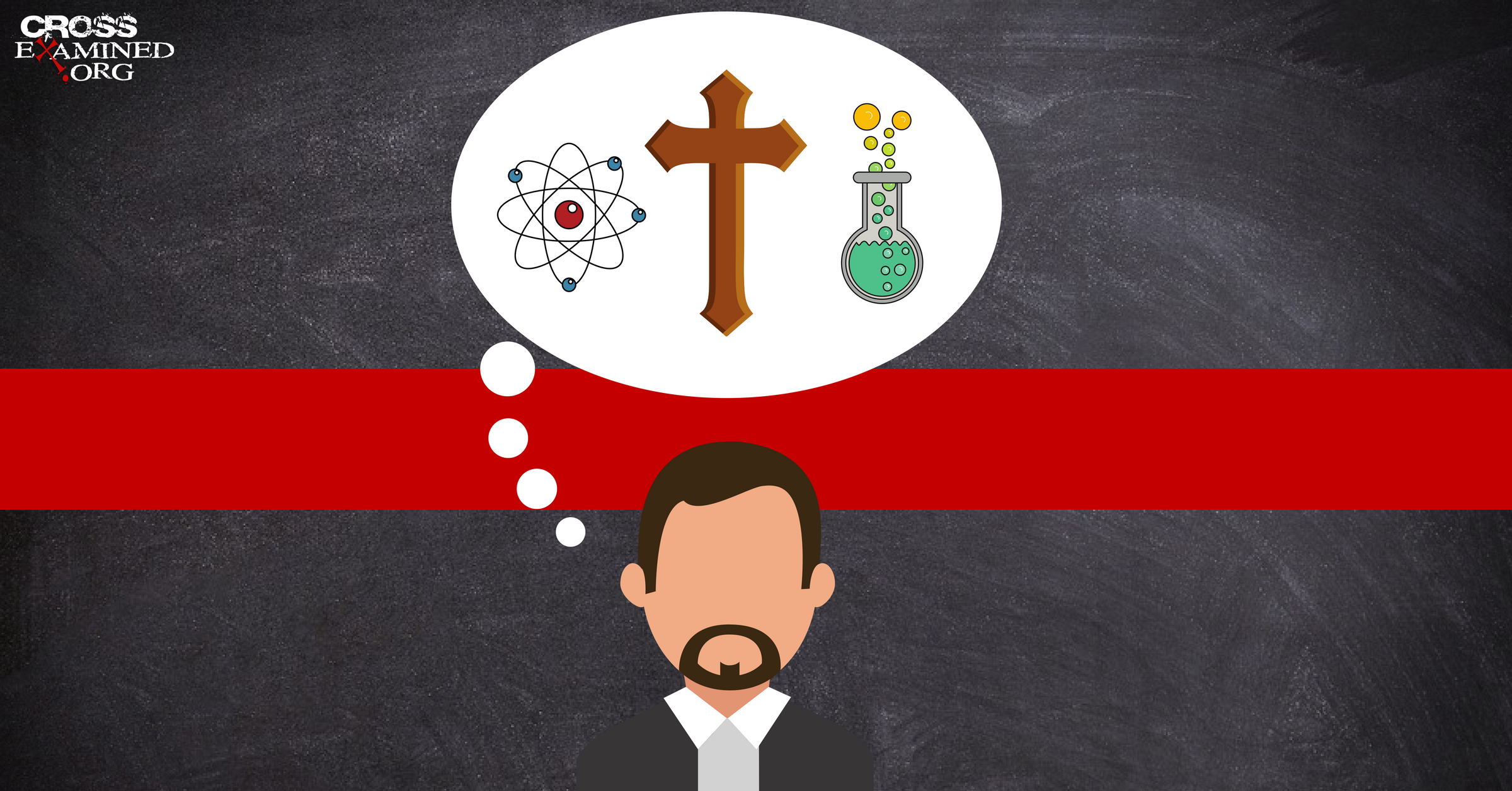By Brian Chilton
Can truth be found in individual perceptions or is it dependent on an independent, transcendent reality? Many businesses and even churches tend to use the phrase “perception is reality” when talking about meeting customer needs. If a customer feels that they are not receiving the kind of service they expected, then their perception of the service provided will cause them to walk away from the establishment. My intention is not to endorse or censure businesses or churches that use this phrase, but as someone who is drawn to theology and philosophy, every claim and concept must be put to the test. Therefore, one must ask whether a person’s opinions about a certain activity and/or thought make that belief real or even true.
This phrase was coined by the mind of political strategist Lee Atwater who worked for George Bush Sr. in the 1988 political campaign. Atwater died three years after coining the phrase due to brain cancer, but with it he managed to help Bush obtain the 17 points with which he won the 1988 presidential elections. Atwater argued that if someone were able to lead the population to believe that something is true, then each individual’s perception of the truth becomes real by belonging to that group. So, it matters little what the truth is compared to what people assume about what is true.
Others have taken Atwater’s statement further by claiming that perception is more real than reality itself. This means that personal belief about truth matters more than demonstrable truth. If we understand this statement correctly, then we are approaching a situation where truth is manipulated to suit the interests of the person who supports a certain perception. But what is the difference between doing this and deception?
This article is not intended to debate politics. And as such, it will not endorse any political party or its candidates. The only reason for discussing political figures is that the phrase originated in that realm. As I mentioned before, this article is not intended to defame those who have used this phrase. However, the seeker of truth must ask himself if the logic of the phrase holds up philosophically, since the philosopher questions everything.
It is undeniable that the wars that have arisen and the political compromises and undertakings that have been made have been based on the perceptions of one person or group. But do such perceptions automatically guarantee that the perception promoted matches reality as it actually exists? Certainly, the perceptions of Hitler and other radical extremist groups do not match reality. Furthermore, is the course of reality going to change according to what we assume rather than following its natural course? There are quite a few logical problems with the statement, far more than I assumed when I began my research.
We have two ideas being debated: One is reality drives perception (i.e. reality has greater consequences than the individual’s perception) versus perception shapes reality (i.e. everything that exists in space and time is easily redefined by the individual’s perception). The theory of reality drives perception seems to be a better viewpoint. Before we examine this debate we must define what the words reality and perception mean. Then, we must establish differences between these two concepts in order to demonstrate, with facts, why reality is better at driving perception than shaping reality solely from perception. Finally, we will discuss the dangers that arise when perceptions are chosen instead of truth and reality.
The Nature of Reality and Perception
The main issue is knowing what makes something true. Does truth exist independently of the individual? Or is truth something relative that depends on each person’s belief system? This is the crossroads that shapes the main difference between the perception-directing theory of reality and Atwater’s perception-shaping theory of reality. What is truth? The answer determines how each person will approach the debate.
Truth (i.e., reality) was well defined by Aristotle: “To say that what is is not or that what is not is is false, but to say that what is is and that what is not is not is true; and therefore he who says that something is or is not will say either the truth or the false.” In other words, truth is that which corresponds to external reality. Therefore, truth is something transcendent. And it exists separate from the opinion and whims of the person. If a person claims that the sky is red when the wavelengths match the color identified as blue, it cannot be said that that person is telling the truth. Likewise, if a student claims that 5+5=15 he is remarkably wrong, even though his convictions tell him that he is right.
On the other hand, perception is the way a person takes in reality as it is filtered through their senses. Philosophically, this encompasses what is known as qualia , which means “sensory experience—the way things look, feel, smell, taste, and make sounds.” A person’s qualia can differ depending on their experience of reality. For example, some Protestants support the work of Martin Luther as he led the Protestant Reformation during the 1500s. In contrast, some Catholics abhor his work, believing it unnecessarily divided the Church. The beliefs of each group influenced their perception of their qualia, and vice versa.
Why the Natural Transcendence of Reality Far Outweighs Perception
To recap, truth is a transcendent reality that exists outside of personal experiences, whereas perception is how an individual or group interprets their qualia. However, reality necessarily displaces individual perception due to the nature of truth.
We recently gave the example of the color of the sky. Some would argue that a person with average vision would see almost the same color, while those who are color-blind would perceive that color in a different shade. This is a sign that each person’s qualia is different. But the argument is not as strong as it seems, because even though the color is perceived differently, the wavelength of the visible electromagnetic spectrum for that color is still the same. So even though a person’s qualia leads them to believe that the color they see is purple when it is actually blue, the wavelength of the color in question is the same even though it is perceived differently.
Another example we saw was what happened with the Protestant Reformation. Protestants and Catholics judge the work of Luther and the Reformation differently, the common and transcendent reality is that Luther and other reformers led this movement in the 16th century. One person’s perception of the event does not change the historical realities found in the work of Luther and other reformers of the time.
Finally, you’ve probably heard the philosophical riddle about the tree in the forest. If a tree falls in the middle of the forest, would it make a sound if no one is around to hear it? We know from the laws of physics that sound waves are generated when vibrations are transmitted through a medium such as air or water. Therefore, the impact of the tree when it fell propagated the vibrations that generate the sound regardless of the number of witnesses who audibly heard the vibrations. Even if no one was around, the propagation of the vibrations has the potential to be heard. As these examples show, reality does not depend on the perception of the individual. Rather, the perception of the individual is based on the contact that he or she has with external reality.
Consequences of Elevating Perception Above Reality
If people begin to elevate perception over reality, then the foundations on which historical and scientific studies are conducted crumble. No one could postulate what happened before the time in which we are living and there would be no scientific progress because everything would be a personal assessment. Medical services would enter into crisis because each person would claim that he or she does not suffer from any disease, even though the evidence shows the opposite. So the individual would not accept the treatment that will cure him or her of that disease because he or she is convinced that he or she does not have it.
Theologically, matters of faith would become imaginative inventions rather than encounters with divinity. Utopian cults would emerge whose leaders could persuade countless people to perform reprehensible acts for the leader’s own benefit. The leader would claim that his perception is true even when reality does not unfold as he says. People could not be charged with any crime, and judges could never convict criminals. In the written word, the author’s intent is replaced by the reader’s misrepresentation, and other such things would occur. Disregarding the truth of external reality will create a downward spiral that will lead to a host of problems.
Conclusion
Truth matters. Truth allows us to stand on something firm and immovable. Jesus highlighted the liberating nature of truth when he said, “The truth will set you free” (John 8:32). It is not surprising that businesses and churches revolve around Atwater’s phrase. These institutions want to create the best experience for their customers, and rightly so. The intention behind this phrase is therefore understandable and justifiable. However, the philosophical implications of the phrase are quite problematic. Therefore, I propose that we should replace the phrase “reality is what you can perceive” with the phrase “perception is a personal perspective on reality.” In this way, the nature of truth is not diminished and at the same time, individual perception of reality is considered. The provider of a service seeks to deliver the best possible experience to its customers. However, it is very risky to eliminate the essential value of truth.
Recommended resources in Spanish:
Stealing from God ( Paperback ), ( Teacher Study Guide ), and ( Student Study Guide ) by Dr. Frank Turek
Why I Don’t Have Enough Faith to Be an Atheist ( Complete DVD Series ), ( Teacher’s Workbook ), and ( Student’s Handbook ) by Dr. Frank Turek
_____________________________________________________________________________________________________________________________________________________
Brian G. Chilton is the founder of BellatorChristi.com and is the host of The Bellator Christi Podcast. He received his Master of Divinity from Liberty University (with high distinction); his Bachelor of Science in Religious Studies and Philosophy from Gardner-Webb University (with honors); and received certification in Christian Apologetics from Biola University. Brian is currently enrolled in the Ph.D. program in Theology and Apologetics at Liberty University. Brian has been in ministry for over 15 years and serves as a pastor in northwestern North Carolina.
Translated by Gustavo Camarillo
Edited by Jennifer Chavez










